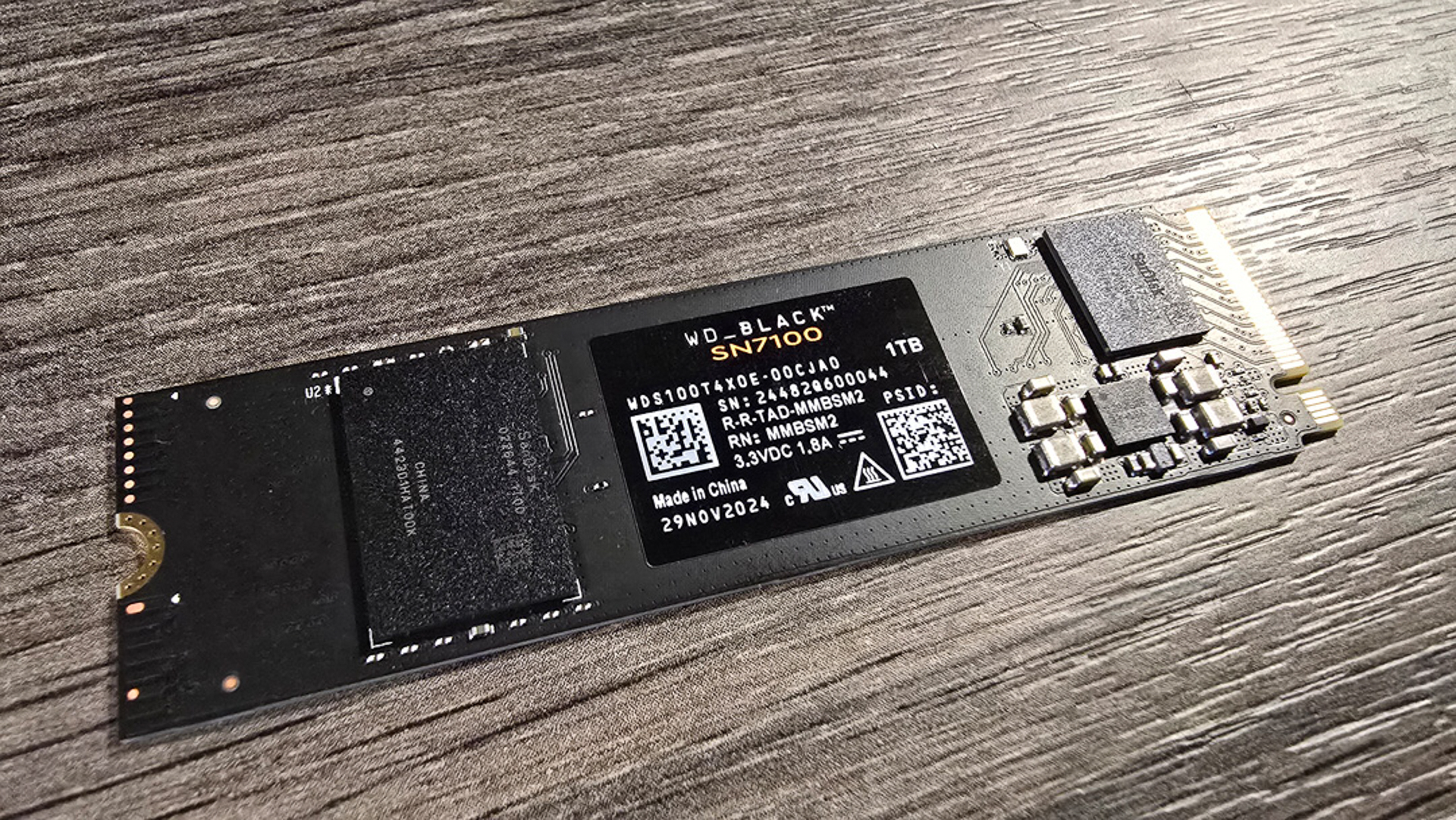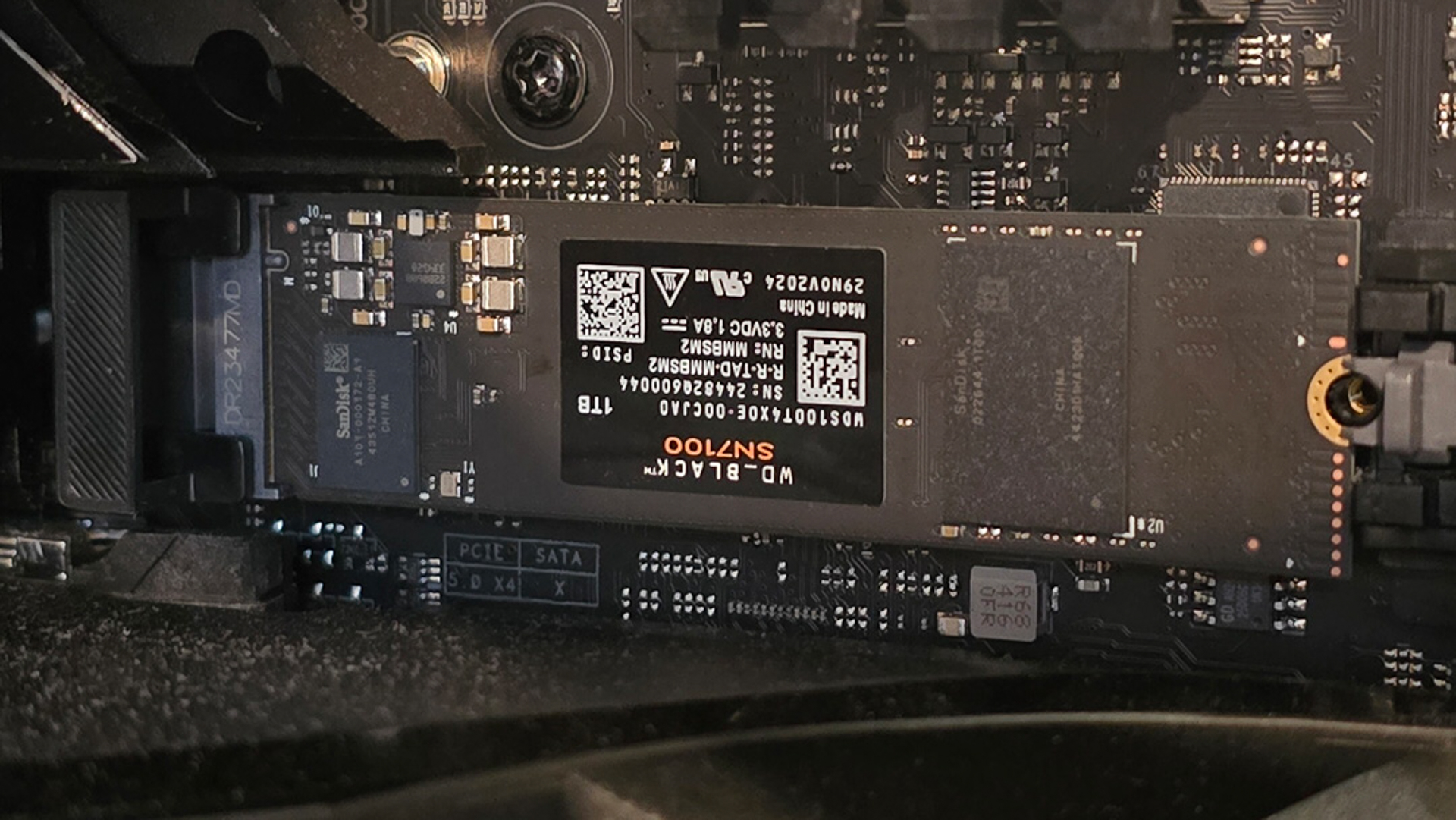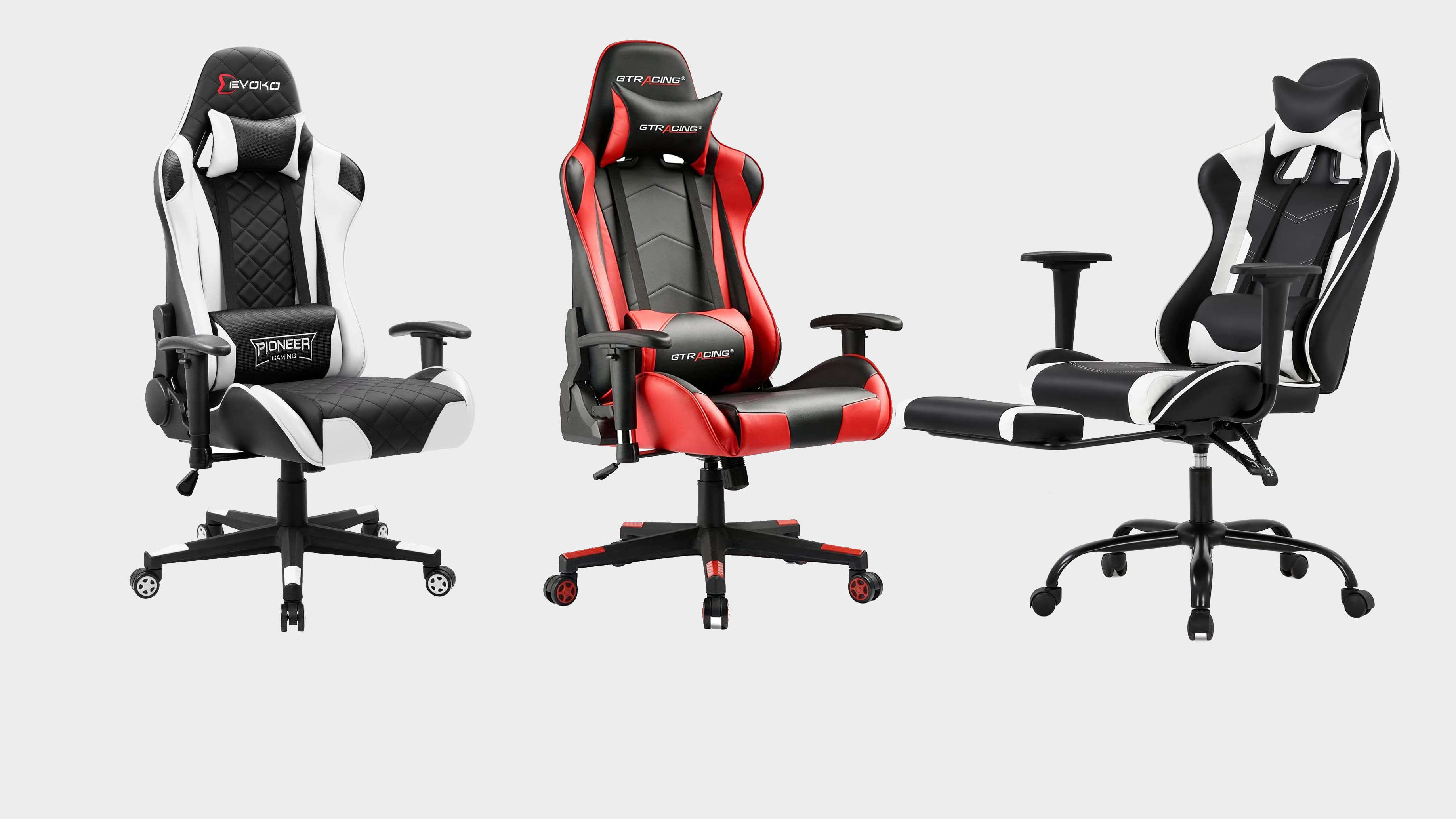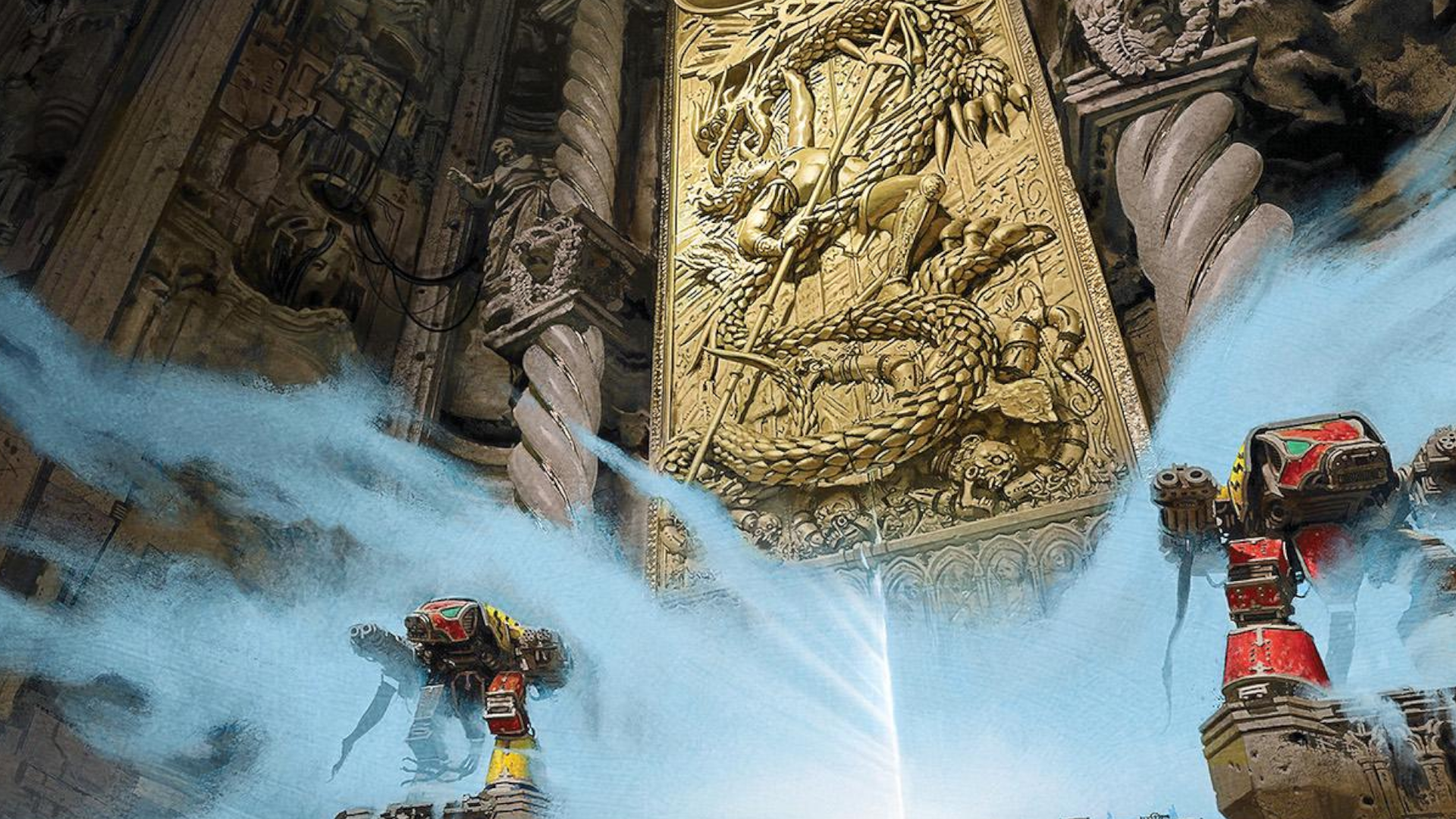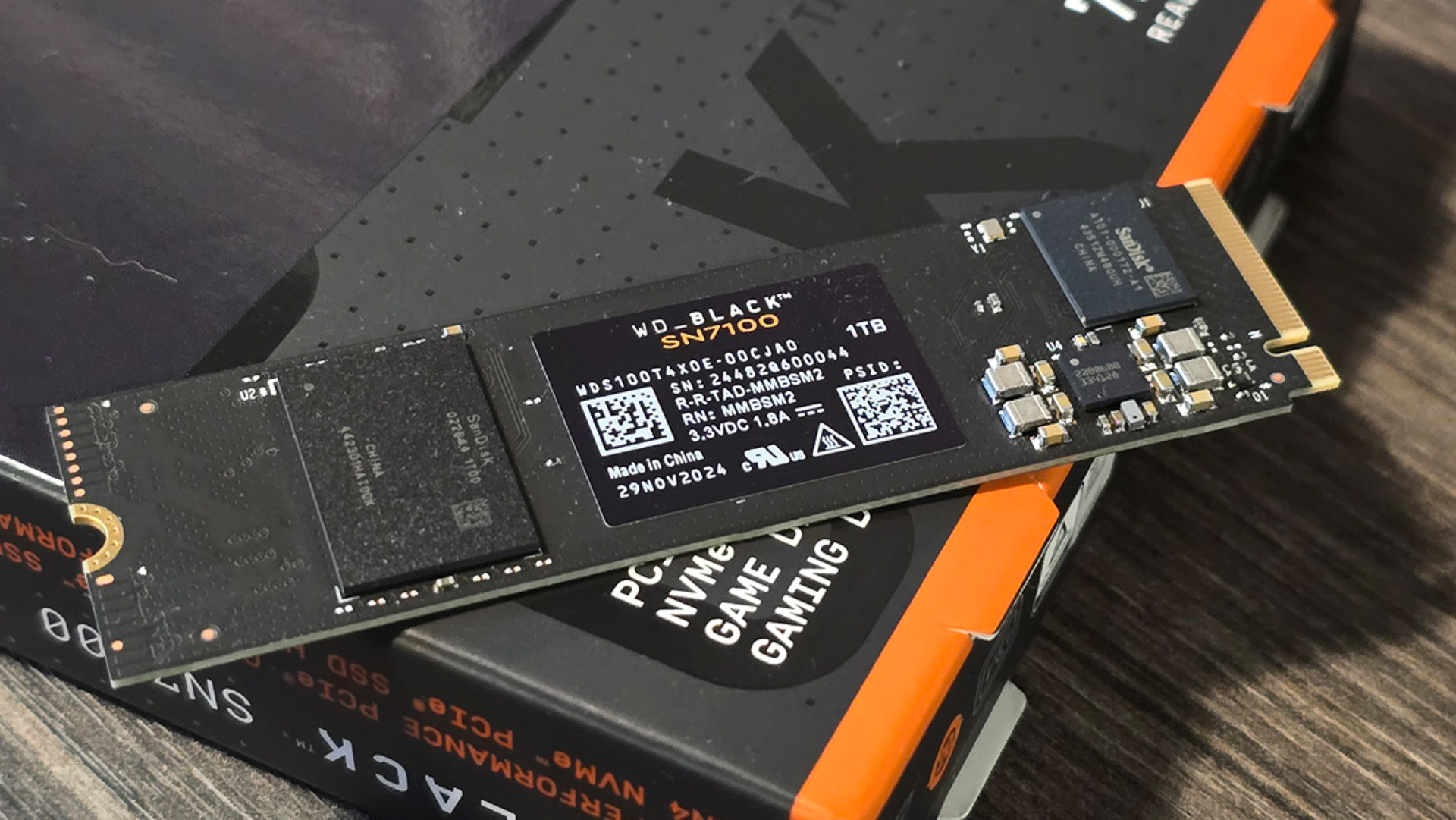
Top-quality drive with a confusing price tag.
It’s absolutely wild just how fast NAND prices have fallen over these last few years. It’s one of the few areas in the PC gaming space where the tech development and cost seem to be continually improving year-on-year. Yet, Interestingly, it’s the PCIe 4.0 arena that’s getting the most love and attention, despite 5.0 SSDs leading the way in terms of sequential performance. In fact, arguably, some of the best SSDs for gaming right now are 4.0 drives. They’re cheaper, cooler, and perform just as well as their high-speed sequential counterparts.
Western Digital’s latest WD Black SN7100 is a fine example of that exact ethos. It is, on the surface, a simple enough drive. It’s PCIe 4.0, it has Kioxia 218-layer BiCS8 TLC NAND, and the company’s Sandisk Polaris 3 A101 controller (the same found in the WD Blue SN5000 I reviewed late last year). Following on with modern trends, WD’s also dropped the dedicated DRAM cache (honestly, you really don’t need it anymore) and gone for a single-sided drive design, making it far more compatible with the likes of laptops, motherboards, consoles, and smaller form factor systems.
Nothing new here then, just a well-known manufacturer quietly releasing a solid storage solution that’s following market trends. Well, not quite, and the confusion lies in how this thing is positioned in WD’s arsenal.
The SN7100 is available from 500 GB all the way up to 2 TB configurations, all of which are heatsinkless. There are some mutterings of a 4 TB config, but it’s not available just yet. They’re aggressively priced too, ranging from $60 to $140. The problem, however, arises when you look at the wider product stack from WD, namely the SN850X line.
Capacity: 1 TB
Interface: PCIe 4.0 x4
Memory controller: Sandisk Polaris 3 A101-000172-A1
Flash memory: Kioxia 218-Layer BiCS8 TLC NAND
Rated performance: 7,250 MB/s sustained read, 6,900 MB/s sustained write
Endurance: 600 TBW
Warranty: Five years
Price: $85 | £74
Now admittedly, there are some major differences here. The SN850X starts at 1 TB capacities, and goes all the way up to 8 TB (with the 8 TB SN850X being a different design with denser 162-layer BiCS6 TLC NAND compared to the first gen), but the thing is, pricing for the non-heatsinked versions are pretty much identical. That’s a big problem too, because the performance differences between them are, well, fairly negligible.
These are two wildly different SSDs as well. The SN850X isn’t a single-sided design; it has far less-dense TLC NAND, comes with a DRAM cache, and a Triton MP16+ B2 controller to take advantage of that. It’s also three years old, in its non-8 TB form.
So we’ve got two SSDs, from the same company, that, on the surface, are available at similar capacities, at identical prices, that perform almost exactly the same, bar some outlying test results here and there. But a time gap of three years. Right.
Before I get onto why that is, let’s go over the performance figures. The great news is that the SN7100 seriously shines and that Kioxia 218-layer isn’t holding back. Particularly in productivity work.
In my testing, it delivered some top-tier numbers in CrystalDiskMark, landing an average score of 7,116 MB/s on the read and 6,820 MB/s on the write. For contrast, the SN850X (admittedly its 8TB variant) scored 7,100 MB/s and 6,590 MB/s on the write, only slightly behind there.
Random 4K performance for the SN7100 was a bit of an intriguing one too. It absolutely demolished every drive I’ve tested on the read front, scoring an insane 101 MB/s. For context, the second fastest drive I’ve had on test, Crucial’s PCIe 5.0 2 TB T700, only managed 81 MB/s there. It does, however, fall quite short on the write portion of that benchmark, landing just 276 MB/s. With even the SN850X beating it by a healthy margin of 22 MB/s too.
PC Gamer test bench
CPU: AMD Ryzen 9 9900X | RAM: 64 GB (2x32GB) Team Group T-Create Expert DDR5 @ 6000 C34 | GPU: Nvidia GeForce RTX 4080 Super | Motherboard: Asus ROG Strix X870E-E Gaming WiFi | CPU Cooler: Asus ROG Ryujin III 360 ARGB Extreme | PSU: 1200W NZXT C1200 (2024) 80+ Gold | Chassis: Geometric Future Model 5
✅ You’re after top-tier gaming performance: With high random 4K read speeds and a cool design, the SN7100 does double duty as brilliant for both consoles and gaming PCs a like.
❌ You have an SN850X already: Aside from some efficiency improvements and improvements on random 4K reads, you’re not likely going to see any major benefit shifting away from an already solid PCIe 4.0 SSD.
Similarly, scores across 3DMark’s Storage test produced respectable numbers as well. Although again closely tied with the SN850X. Final Fantasy also landed in a smooth 7.841 seconds, making it faster than Samsung’s 990 Evo Plus, but barely. It does also seem that those games do prefer to have access to DRAM cache to load those scenarios, although the likelihood of actually noticing the difference between 7.8 and 7.3 second total load times over five separate scenes in real life is admittedly slim.
The big win was on temps. Under my Asus ROG Strix X870E-E motherboard’s heatsink, the SN7100 topped out at an impressively low 48 C throughout the benchmark run. That’s again one of the best temperatures I’ve seen for some time, with the only drive that arguably tops it, in terms of “wow, that’s impressive,” being Corsair’s MP700 Elite PCIe 5.0 SSD, with its staggering 55 C (although interestingly they both use the same Kioxia 218-layer TLC NAND).
So then, given the SN850X exists and has done for three years, why on earth release the SN7100? Aside from the single-sided design. Well, admittedly, this is purely speculation on my part, but I’d wager it’s all to do with cost. But not for the consumer.
By removing the DDR4 DRAM cache, simplifying the design so its single-sided, and using denser NAND (that allows you to reduce the number of chiplets on the SSD itself), WD effectively makes this drive far cheaper to manufacture from a purely business perspective. That is fair enough; that’s how tech advances. But what annoys me about that is the fact it isn’t cheaper for the consumer. As mentioned, the SN7100 is the same cost as that aging SN850X, when in reality it should be cheaper. Not by a lot admittedly, but by something at the very least, and it’s not. It’s likely the SN850X is no longer in production at this point, and that warehouse stock is all that’s left. With it slowly being phased out in favor of the SN7100, and that moniker reserved for an upcoming PCIe 5.0 or 6.0 drive. But, still, it would have been nice to see a price drop.
Look, the SN7100 delivers on two critical, key areas. Random read performance (a signature metric we use for determining game load times) and temperature, which in a world of toasty, power hungry, RTX 5090s, and super hot CPUs is no bad thing.
If you’re looking for a solid and dependable PCIe 4.0 SSD that won’t break the bank, the SN7100 is a fine place to start.
